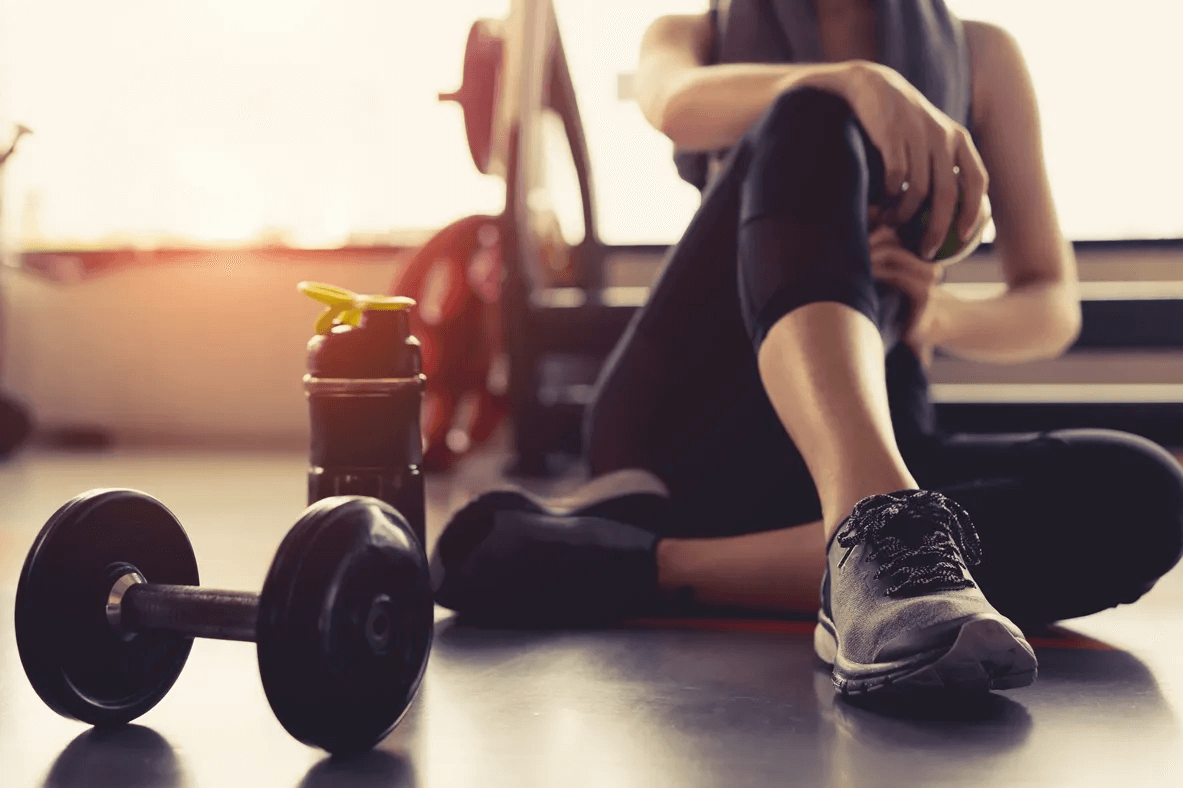Continuing our series on the 7 Points of health.
Point #4: Exercise
We believe living a healthy lifestyle is about balance. We’ve build our programs and coaching around 7 main Points of Health. It is important to develop each one of these seven areas in order to achieve and maintain optimal health:

1) Nutrition
2) Hydration
3) Sleep
4) Exercise
5) Supplements
6) Hormones
7) Support System
Today we will discuss the 4th Point by exploring the importance and benefits of exercise.
Exercise has a number of tremendous benefits. It is one of the only things, besides drugs, that you can do, where you don?t have to lose weight and you can see improvement in your blood markers. Would you be better off maintaining a healthy weight, and exercising? Yes, but independent from diet, exercise can help improve blood markers.
Exercise strengthens bones and muscles, it improves cardiovascular health and can help prevent chronic diseases, it helps with mood enhancement and stress relief, etc. While providing all of these benefits, exercise as a weight loss tool isn?t terribly effective. The body adapts very quickly to new exercise routines and becomes more efficient, meaning that you begin to burn less calories than you previously did, which is why it is important to focus on all of the 7 Points of Health to both lose and maintain a healthy body weight.
That being said one of the main benefits of exercise is that it helps the body to be sensitive to satiety signals. A study done in the 1950s on Bengali workers exemplified this. There were four different groups compared; sedentary, lightly active, moderately active, and heavily active based on the demands of their jobs. From lightly active to heavily active, these people linearly increased their calorie intake. The sedentary group however, ate more then all of the other groups. Exercise can help the body know when it?s full and prevent overeating. In addition to that, of people that are successful in keeping their weight off after a period of significant weight loss, over 70% of them exercise regularly.
A few very important indicators of mortality are connected to things that we can greatly improve with exercise, including; VO2 max, grip strength, leg strength, and skeletal muscle mass. People that excel in these areas, to a certain extent, are more likely to live longer. So especially as we age, it?s important to do some kind of training to address these areas.

To help aid in improving these indicators of mortality and to improve general health, it?d be beneficial to focus some of your training on each of the three energy systems of the body, which are the ATP-PC energy system, the glycolytic energy system, and the oxidative energy system.
- The ATP-PC energy system is the system responsible for quick bursts of activity. This system produces energy for up to about 10 seconds. Activities that train this system would include:
- * Heavy weight training performing sets of 1-5 repetitions with 3-5 minute rests.
- * Sprinting, biking or rowing for up to 10 seconds with 3-5 minutes rest between sets.
- * Performing jumping variations for sets of 1-6 repetitions with 3-5 minutes rest between sets (any short intensive movements target this system).
- The glycolytic energy system provides energy for bursts of activity that last from about 10 seconds to 2 minutes. Activities that train this system would include:
- * Most weight training, when training with sets of around 8 or more train this system
- * Circuit training, with sets lasting about 30 seconds to a minute.
- The oxidative energy system provides energy for low intensity activities from 2 minutes up to several hours.
- * Any type of steady state cardio falls into this category, such as: jogging, biking, rowing, hiking, etc.
- * Circuit training, with activity of at least 3 minutes followed by a 3-5 minute rest.
- * Training your ATP-PC system and glycolytic system through high intensity interval training also helps strengthen your oxidative system.
- * HIIT training can be done in a number of ways, including: cycling, sprinting, rowing, etc. Work to rest ratio should be 1:4 or 1:5, meaning that if you sprint for 10 seconds, you should rest for 40 or 50 seconds.
These lists and examples are not exhaustive. Think about where the activity that you want to do falls based on the criteria above. If you don?t want to do steady state cardio on the treadmill, go for a walk or hike outside. Also think about your goals. If your goal is to build muscle, spend most of your time doing glycolytic system activities, and less training of the other systems. Whereas if your goal is to run a marathon you want to mostly perform oxidative system training and less training in the other systems. To focus on overall health, it?s a good idea to train each pretty equally.
If you need help with your training and nutrition feel free to reach out with questions, and set up a consultation with us today.
by
Derek Reasch – NASM Certified Fitness Nutrition Specialists, 7 Point Nutrition Coach
7 Point Nutrition
Check out our Team and schedule your free consultation here
Info@7PointNutrition.com
7 Point Nutrition does not claim to diagnose, treat or prevent any diseases or medical conditions. Always consult a physician for any medical conditions or health concerns you have and before starting any diet, exercise or supplement program.
About the author